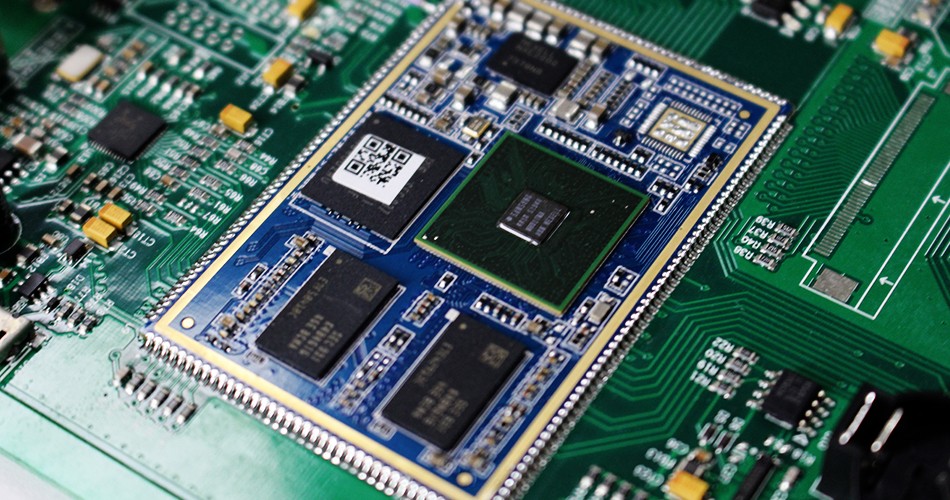- English
- Español
- Português
- русский
- Français
- 日本語
- Deutsch
- tiếng Việt
- Italiano
- Nederlands
- ภาษาไทย
- Polski
- 한국어
- Svenska
- magyar
- Malay
- বাংলা ভাষার
- Dansk
- Suomi
- हिन्दी
- Pilipino
- Türkçe
- Gaeilge
- العربية
- Indonesia
- Norsk
- تمل
- český
- ελληνικά
- український
- Javanese
- فارسی
- தமிழ்
- తెలుగు
- नेपाली
- Burmese
- български
- ລາວ
- Latine
- Қазақша
- Euskal
- Azərbaycan
- Slovenský jazyk
- Македонски
- Lietuvos
- Eesti Keel
- Română
- Slovenski
- मराठी
- Srpski језик
Micro-soldering technology in PCBA processing
2024-07-26
Micro-soldering technology plays an important role in PCBA processing, especially in the connection and fixation of micro components in electronic products. This article will explore the micro-soldering technology in PCBA processing in depth, including its principles, applications, advantages and future development directions.

1. Principles of micro-soldering technology
Micro-soldering technology refers to soldering operations performed at a micro size, usually involving micro components (such as micro chips, micro resistors, etc.) and micro solder joints. Its principles mainly include the following aspects:
Micro solder joint formation: using micro-soldering equipment to form tiny solder joints on the pins or pads of micro components.
Soldering connection: through micro-soldering equipment, micro components are soldered to the corresponding pads or wires on the PCB (Printed Circuit Board) circuit board.
Soldering control: control welding parameters such as temperature, time, etc. to ensure welding quality and stability.
2. Application of micro-soldering technology
Micro component connection: used to connect micro components such as micro chips and micro resistors to realize the connection and transmission functions of circuits.
Micro solder joint repair: used to repair the breakage or damage of micro solder joints on PCB circuit boards and restore the conductivity of the circuit.
Micro packaging: used for packaging of micro components to protect components from the external environment.
3. Micro soldering technology has some significant advantages over traditional soldering technology
High precision: Micro soldering equipment can accurately control welding parameters to achieve accurate formation and connection of tiny solder joints.
Strong adaptability: suitable for components and solder joints of tiny sizes to meet the production needs of micro electronic products.
Space saving: Micro soldering technology can achieve compact welding layout, save space on PCB boards, and improve the integration of circuit boards.
4. Future development direction of micro soldering technology
Multifunctionality: Micro soldering equipment will be more intelligent and multifunctional, realizing the switching of multiple welding modes and welding methods.
Automation: Introducing machine vision and automatic control technology to realize the automation and intelligence of micro welding process.
High reliability: Continuously improve the quality and stability of micro welding to ensure the reliability and long-term performance of solder joints.
Conclusion
As an important link in PCBA processing, micro soldering technology is of great significance to the manufacture of micro electronic products. With the continuous advancement of technology and the continuous expansion of applications, micro-welding technology will become more mature and intelligent, providing stronger support and guarantee for the development of microelectronic products. When applying micro-welding technology, it is necessary to fully consider the size and welding requirements of components, select appropriate micro-welding equipment and process parameters, and ensure welding quality and stability.
-
Delivery Service






-
Payment Options









